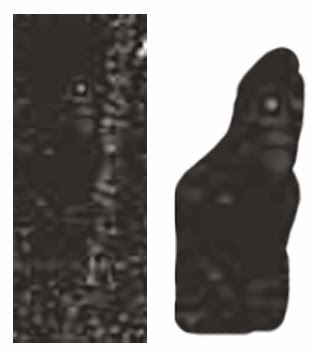A study published in the Journal Nature appears to support the general findings of the DNA study. One of the main criticism of the Sasquatch DNA Paper published in early 2013 was that hybridization between Sasquatch and modern humans was "ludicrous", "impossible", or "wild speculation". But wait, fast forward to December of 2013 and a group of scientist publish a paper in the Journal Nature that essentially claims that the genome of a Neanderthal skeleton they discovered was actually a hybrid. A mixture of modern humans, denisovans, neanderthals, and (surprise-surpise) a "potential unknown hominin".
"The new analysis finds that the genomes of Han Chinese and other mainland Asian populations, as well as of Native Americans, contain about 0.2 percent Denisovan genes.
The genome comparisons also show that Denisovans interbred with a mysterious, fourth group of early humans also living in Eurasia at the time."
(Soruce: Sci-News.com)
The results are extremely similar to Dr. Ketchum's results, a genome that shows hybridization with modern humans and a unknown hominin. It is more than worth mentioning that the Journal Nature treated the DNA Study and the DNA Study Team extremely unprofessionally. Journal Nature reviewers violated ethic rules by releasing the peer reviews of the DNA Study paper to third parties. These third parties then used this information along with the confidentiality agreement imposed the the Sasquatch Genome Project members to wage a disinformation/smear campaign. The Journal Nature also employed delaying tactics keeping the paper in the review process for two years. The Journal Nature demanded frivolous documentation and some reviewers refused to read the paper rejecting it without even bothering to read it. The reviewers that read the paper ask for documentation that already existed in the paper, and some of the reviewers just refused to believe the results even though there was detailed documentation to include three complete genomes. (Peer Reviews) Then the Journal Nature finally rejected the paper for publication after years of delaying tactics and two peer review processes.
In comparison the Neanderthal Genome paper referenced above was received by Journal Nature on

















